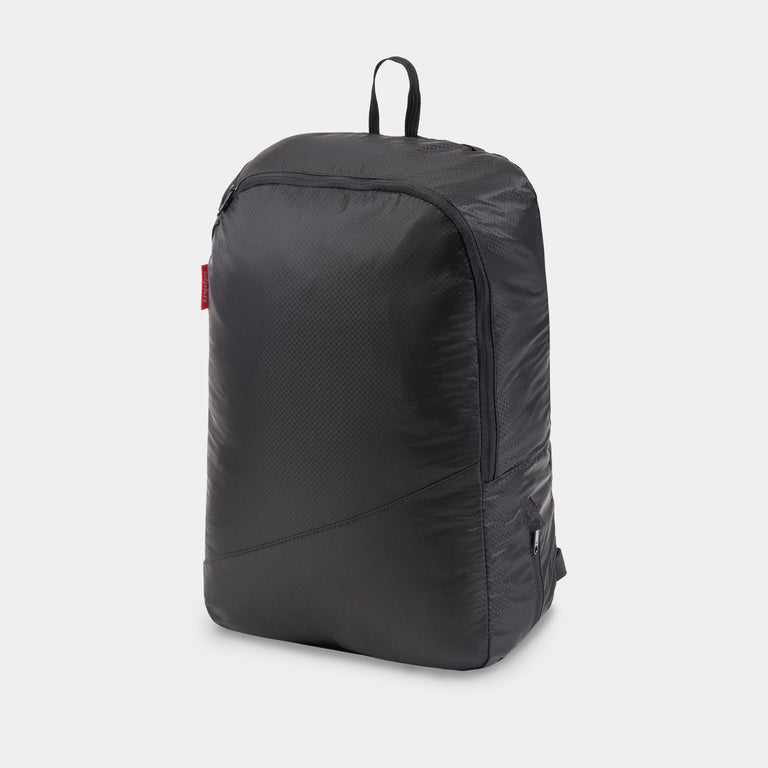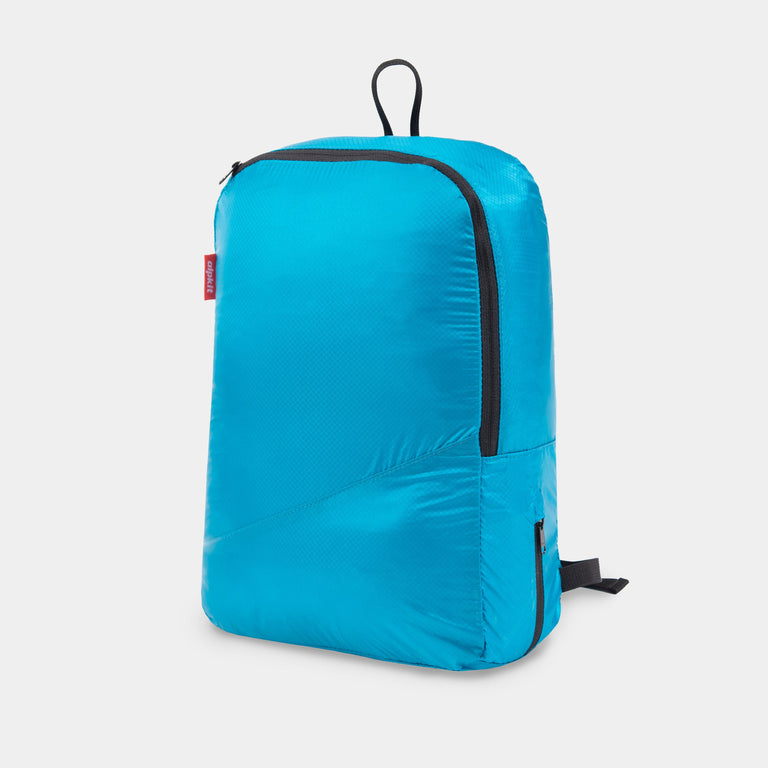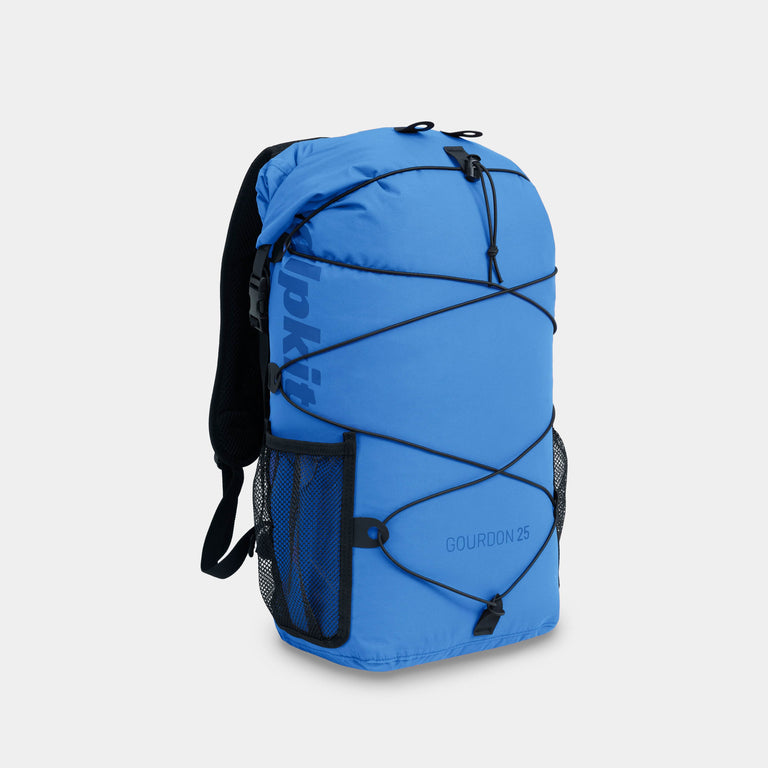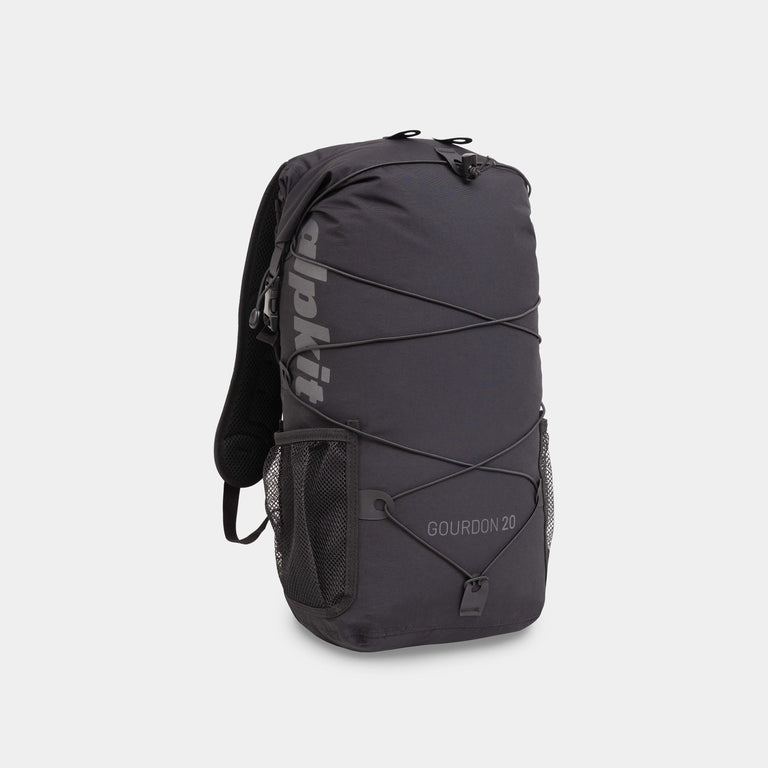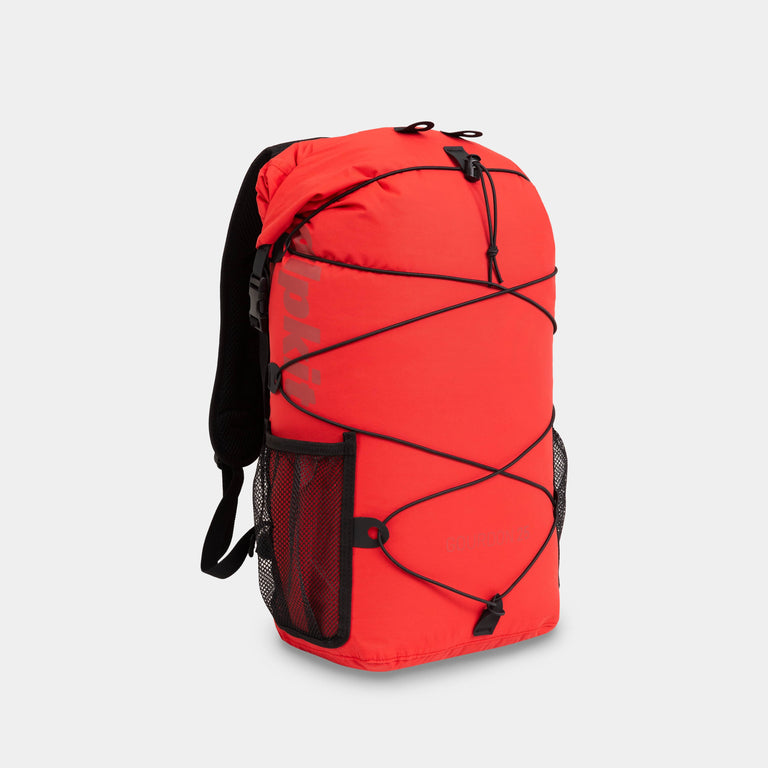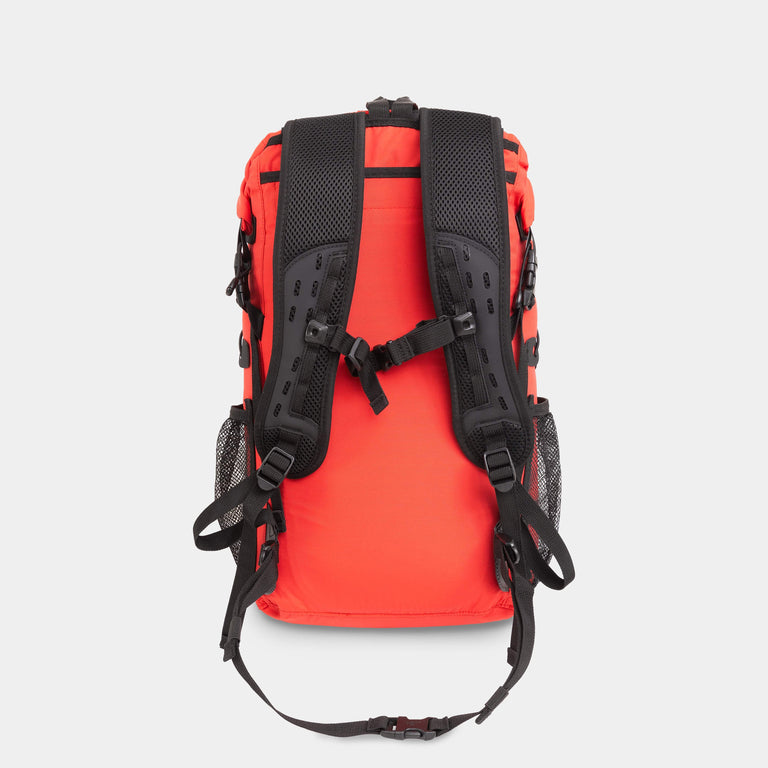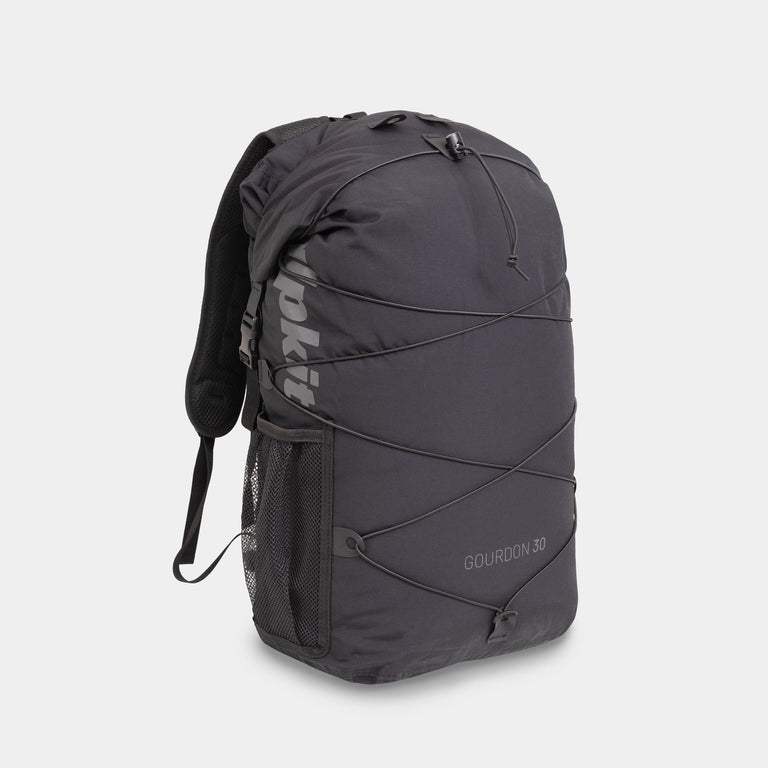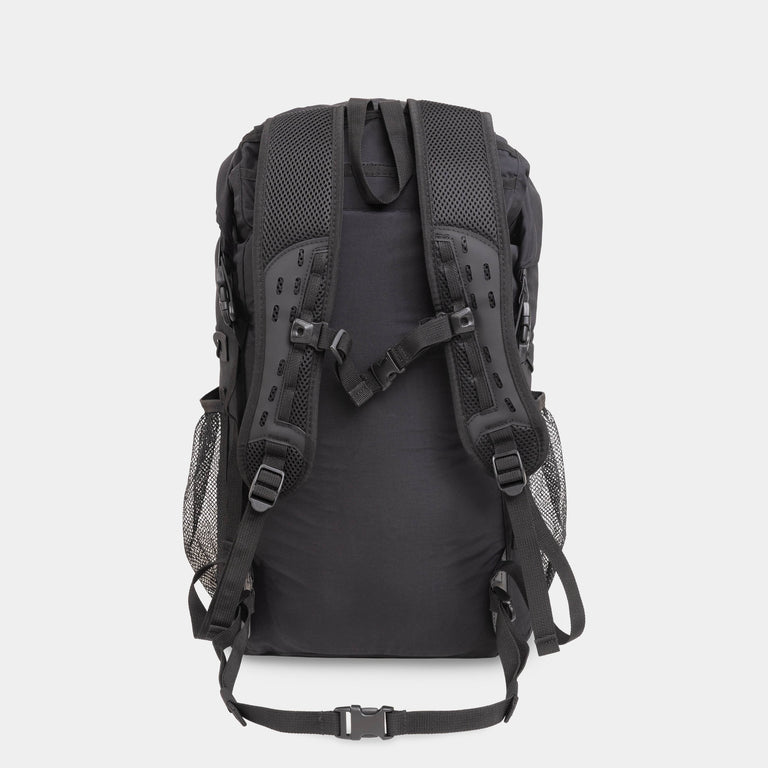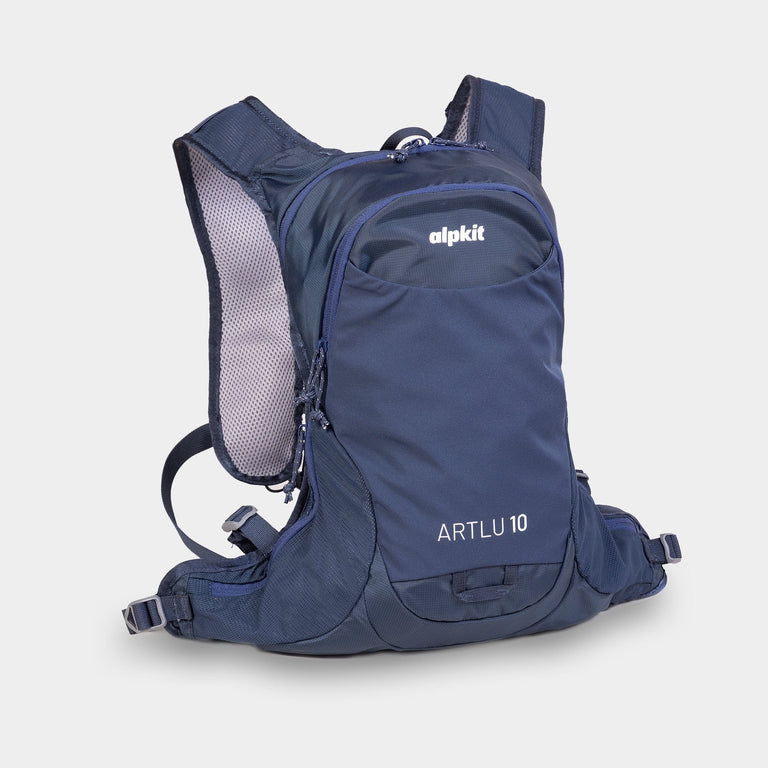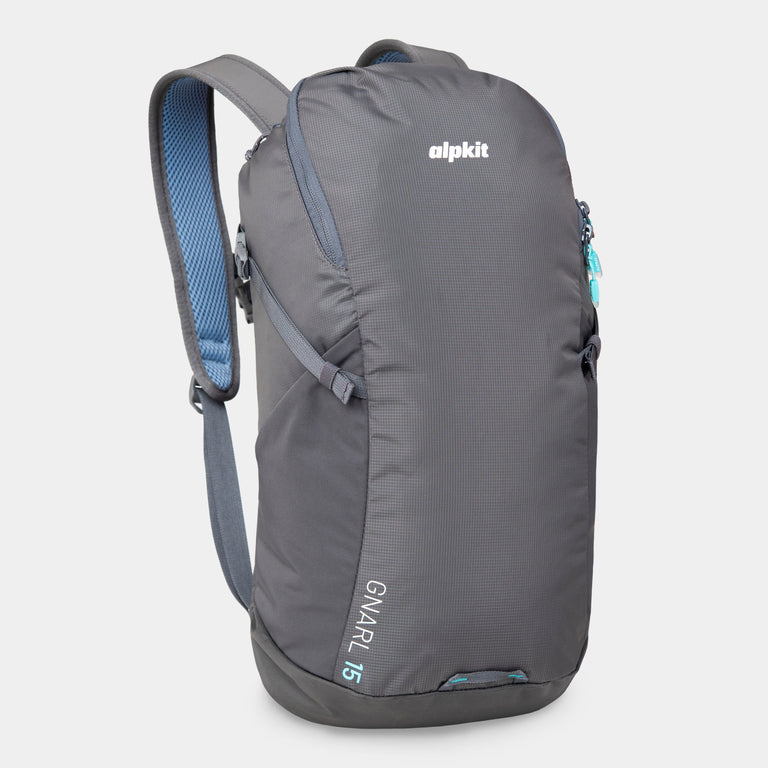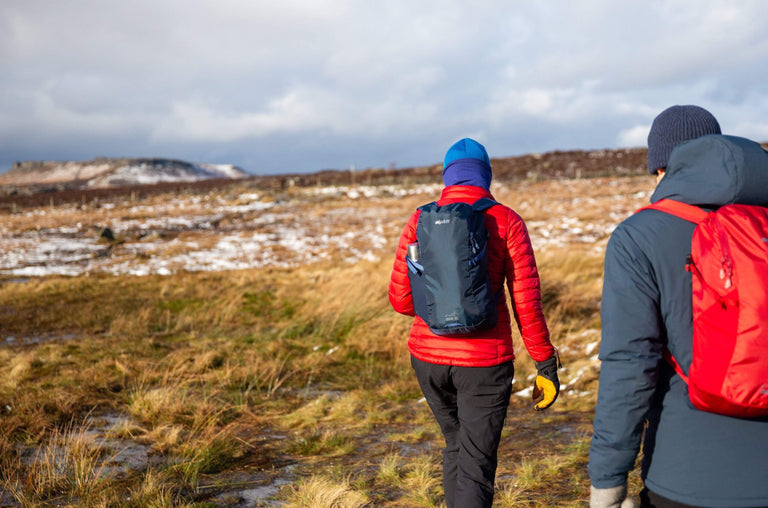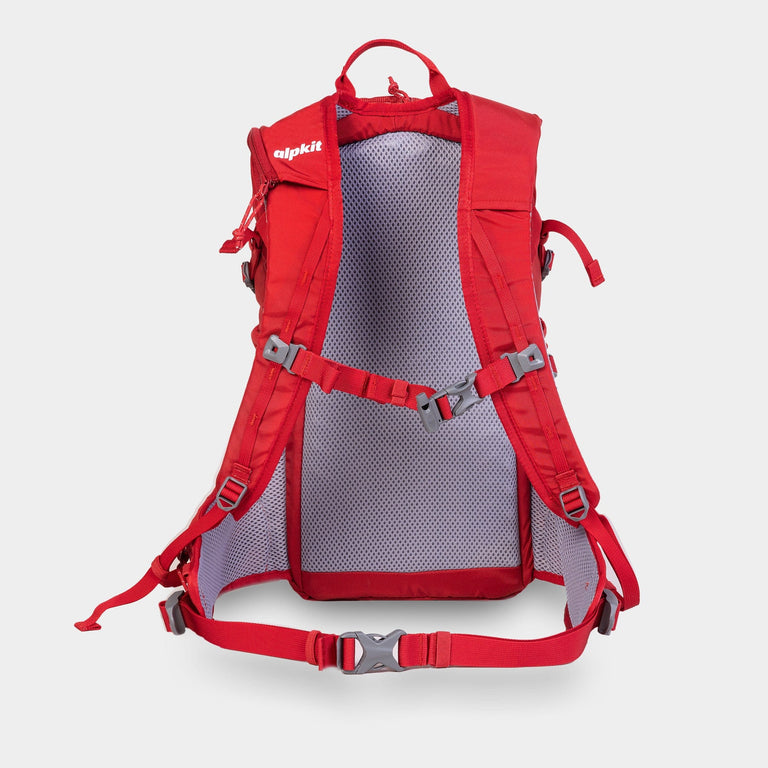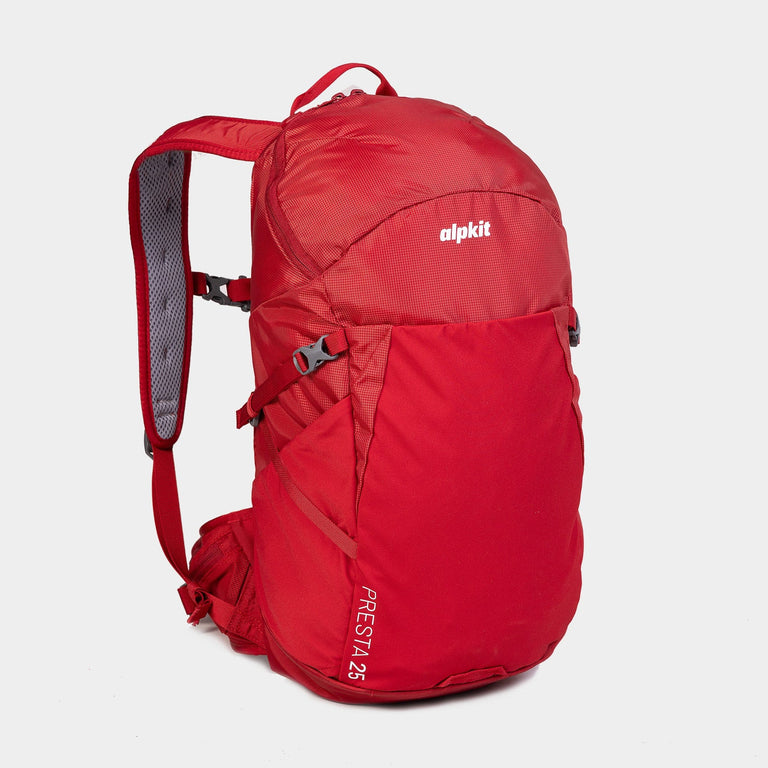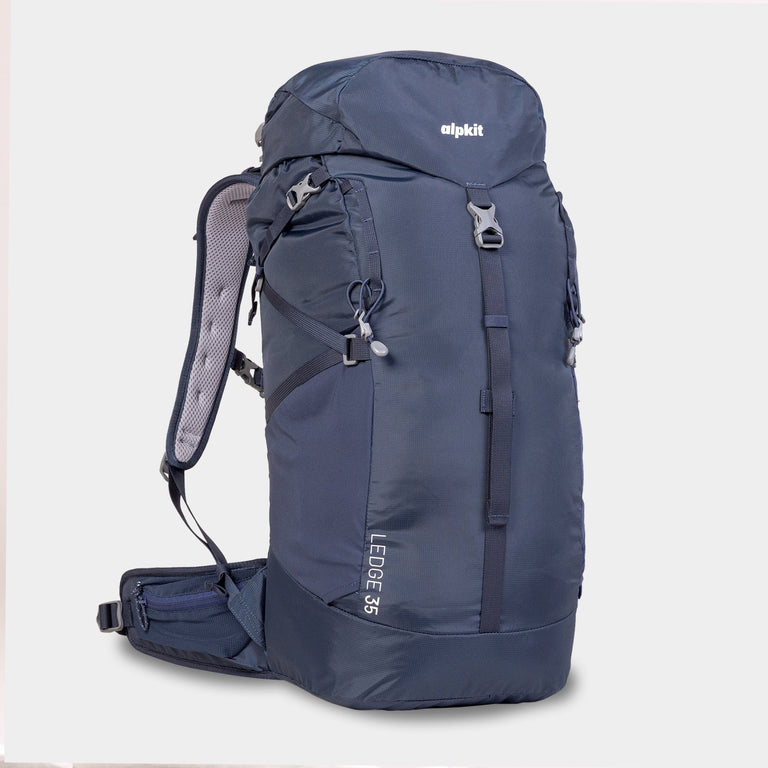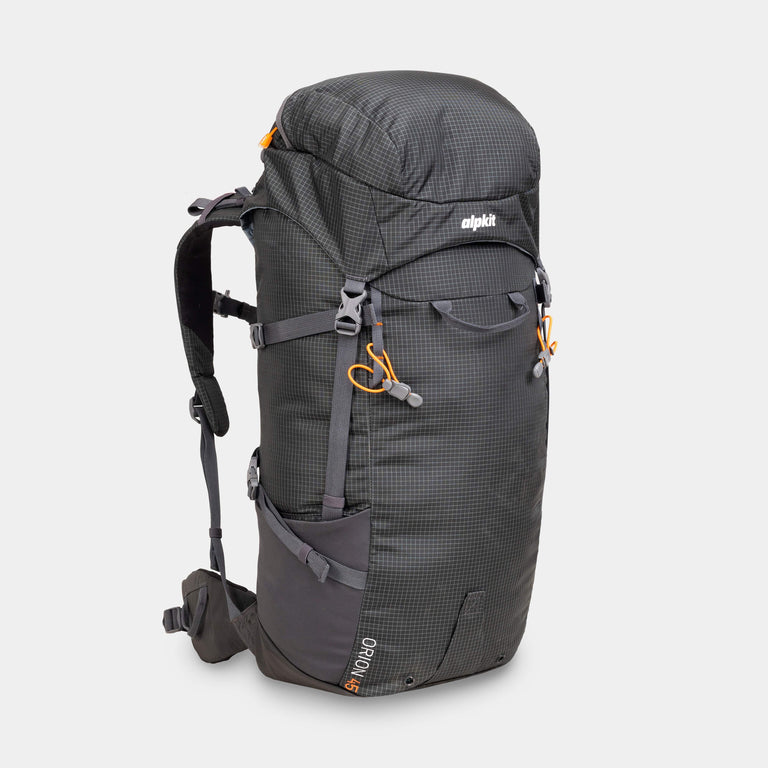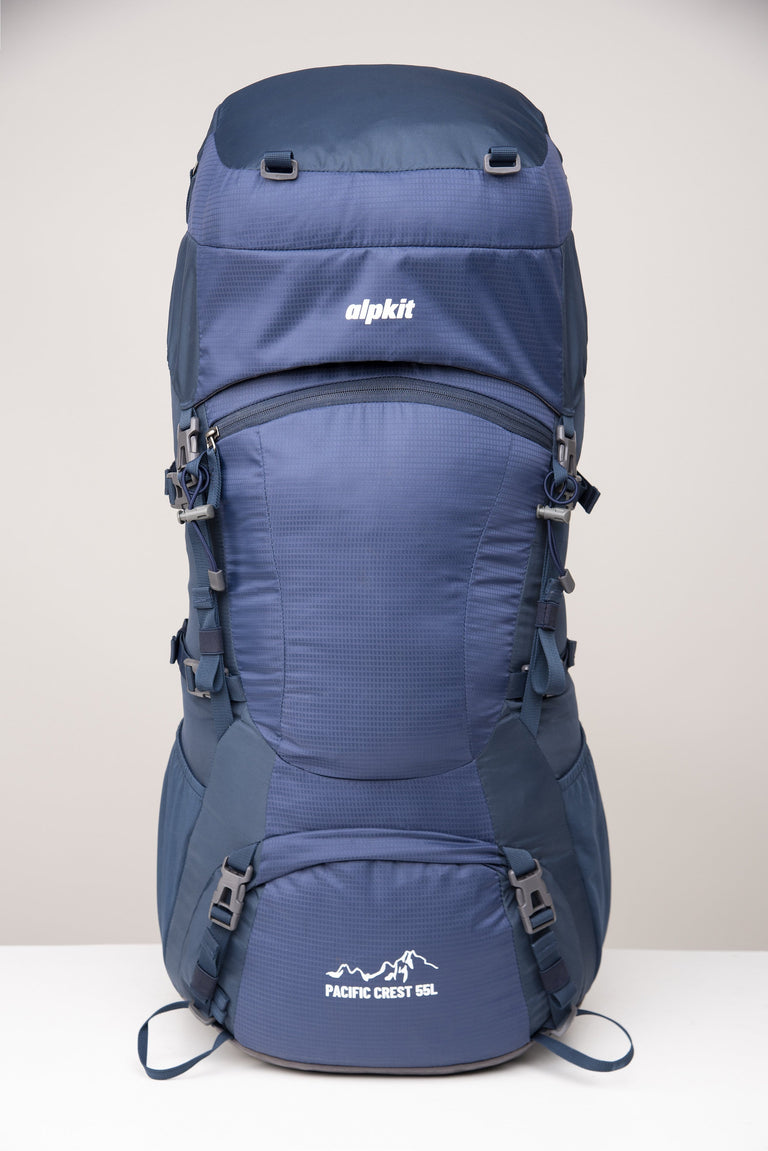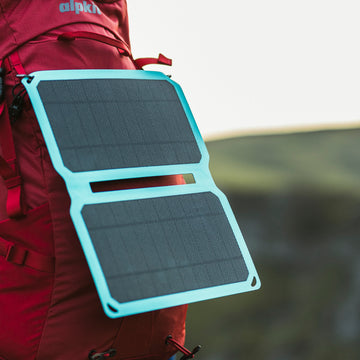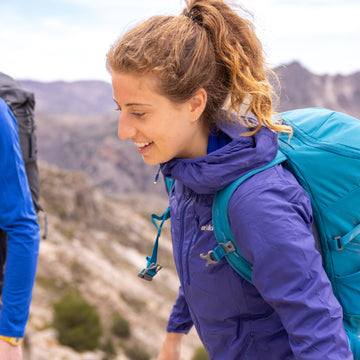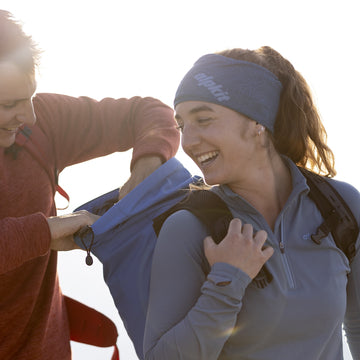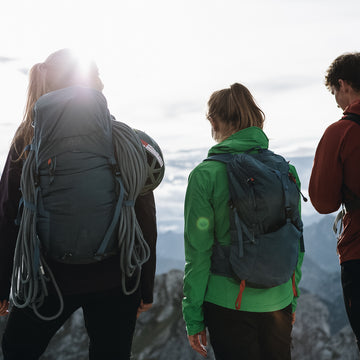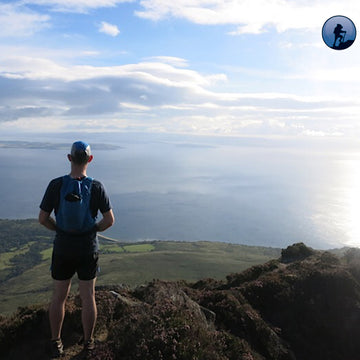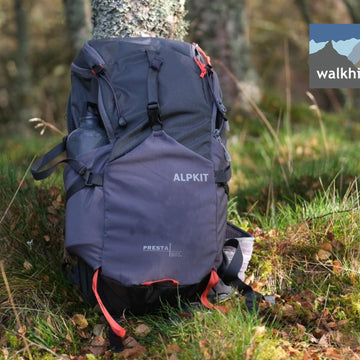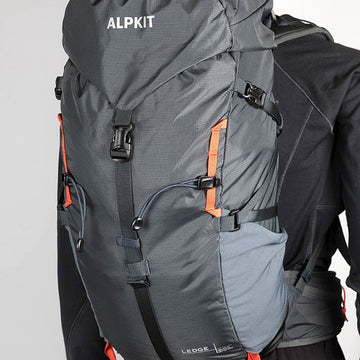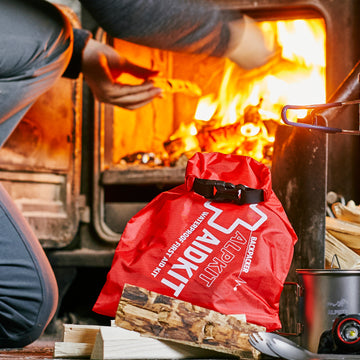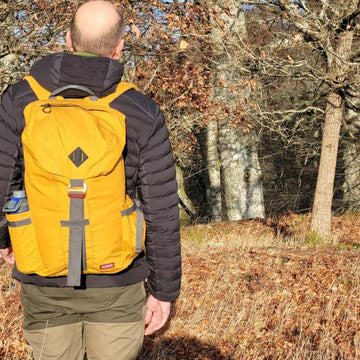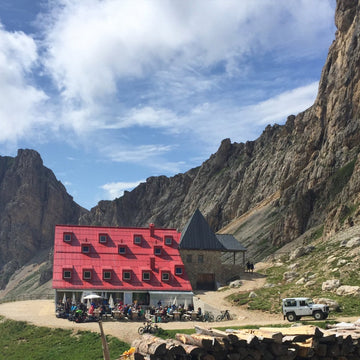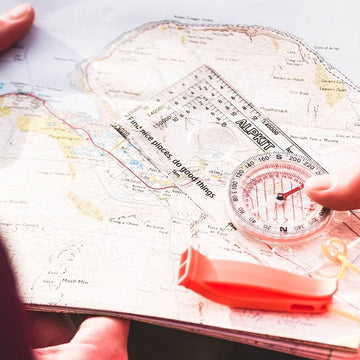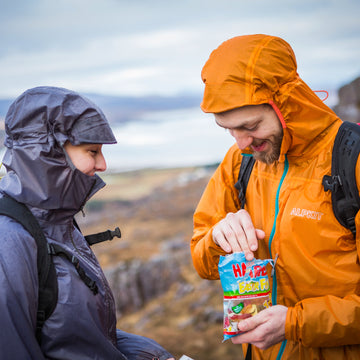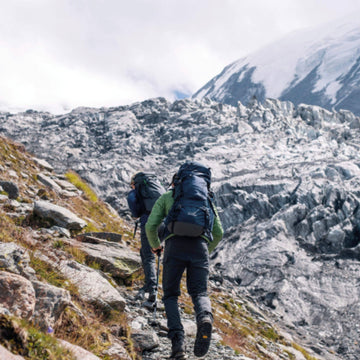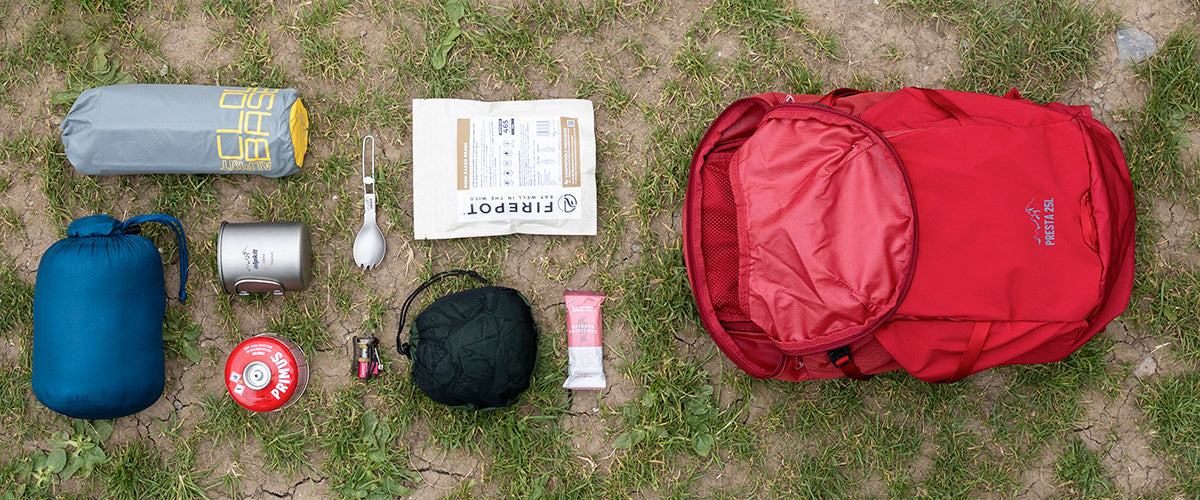
Ultralight camping means speed. Our lightweight kit list will help you embrace outdoor adventures. Carry less, see more, and keep moving forward.
You can get to some pretty cool places if you don't need to back for tea. Imagine if you didn't have to be back till breakfast!
Stripping your kit down to the lightweight essentials means you can cover more ground quicker and get further off the beaten track. Whether it's for ultra-endurance events or midweek microadventure bivvies, an ultralight kit list is essential. After all, you wouldn't see very much weighed down with a hefty expedition-sized rucksack!
- What weight is considered ultralight?
- Pick a good night
- Choose the right camp spot
- Take only what you need
- Pack lightweight gear
- Staying safe when ultralight backpacking
- What do I need to go ultralight backpacking?
What weight is considered ultralight?

It's a straightforward question. With a not-so-straightforward answer. We don't think of "ultralight" as a specific number, but as a way of approaching backpacking. Some people aim for between 6 and 14kg. But it's about stripping back to the bare essentials, where you can.
Pick a good night
You can get by with surprisingly little kit on a mild, dry summer night. Taking a sleeping bag season ratings explained">2 season summer sleeping bag and a bivvy bags">bivvy bag instead of your tent can easily save you a kilogram or two. But conditions can vary dramatically. Especially on the British Isles. It’s not unheard of to experience frost in June! Keep your bag packed and an eye on the weather forecast and make a dash whenever the overnight temperatures look warm and dry enough. Above 10°C and you should be fine with the below kit list.
Choose the right camp spot

Remember to take elevation and windchill into account – particularly if sheltered sleeping spots could be limited. Most weather forecasting services provide ‘feels like’ temperatures that factor in wind chill. Mountain-specific forecasts like MWIS (Mountain Weather Information Service) and the Met Office’s Mountain Weather also provide temperatures for different elevations. If you can’t find this information for the area you’re going, subtracting 1°C for each 100m of elevation gained will give you a rough temperature guide in clear weather.
Take only what you need
When we're going truly lightweight, we think about the big four. That's your bag, shelter, mat and sleeping bag. Replacing these four bits of kit with lighter options is a huge first step in lightening your load.
Getting everything you think you might need in front of you is a good way of deciding what’s essential, what's only desirable and what's completely unnecessary. sleeping bags">Sleeping bag? Absolutely essential. Inflatable pillow? Desirable, but could you make do with a jacket behind your head? Rechargeable camping lantern? Probably won’t be used if you're in bed by nightfall. Keeping a list of what you took last time and recording what you didn’t need and what you wished you’d taken is a good way to refine your packing list.
In cooler weather, you can also make sure you carry enough (but not too much!) warmth. What you wear in the day can keep you warm at night.
Pack lightweight gear
This doesn’t mean you have to replace everything in your gear cupboard with space age camping technology! Often, it’s just a case of smart material choices. Opting for an inflatable sleeping mat or a closed cell foam roll mat over a self-inflating mat will save you a good few grams. Titanium cookware combines the strength and durability of steel with the weight advantages of aluminium.
Choosing a sleeping bag can seem like a minefield. High fill power down sleeping bags (750FP and above) still provide the best warmth to weight ratio. But quality synthetic alternatives can be still be great lightweight options for performing in unpredictable weather.
How to stay safe when ultralight backpacking

Part of the fun of packing light is getting further. But don't skimp on safety when you're out backpacking. We tend to think of the top ten essential items when putting together our lightweight kit list.
- Navigation: map and compass
- Headtorch
- Sun protection: sunglasses, hat and SPF
- First aid kit
- Knife
- Fire: some form of stove, matches, lighter, or access to somewhere warm
- Shelter: tent or bivvy
- Extra food
- Extra water or access to drinking water
- Extra clothes: who knows what the British weather will do?!
And make sure you’re well fed and watered before a bivvy adventure. Keeping warm is about more than just your kit!
Freeze-dried food and dehydrated meal packets give you the best calorie to gram ratio, but only if you don't count the water and gas needed to make them edible! Camping by a clean water source saves you from carrying water with you to boil up for your meal pouch. If you’re starting from the roadside, leave some breakfast and a full water bottle in your car for the morning. Alternatively, you could plan in a café breakfast if you’re not sleeping anywhere too remote.
What do I need to go ultralight backpacking?

Sleeping
- Ultra lightweight tent
- Ultra 80 (490g) Ultralight PrimaLoft Sleeping Bag
- or the Pipedream 200 (545g) 750FP Goose Down Sleeping Bag
- Cloud Base (420g) Inflatable camping mat
- Hunka (360g) Waterproof bivvy bag
- Your "camping pyjamas". The best option is what you've already got packed. We like Merino base layers and leggings and a packable jacket like the Heiko.
Cooking
- Kraku (45g) Thumb-sized titanium camping stove
- MytiMug 400 (84g) 400ml titanium cooking pot
- SnapWire Foon (18 g) Folding titanium spork
- Primus Power Gas 100g (198g) 3-season camping gas canister
Food and Drink
- Firepot Meal Pouch (135g) Dehydrated meal pouch
- Outdoor Provisions Energy Bar (45g) All-natural energy bar
- Water Bottle 500ml (105g)* BPA-free water container
Pack
- Presta 25 (597g) Streamlined 25 litre day pack

